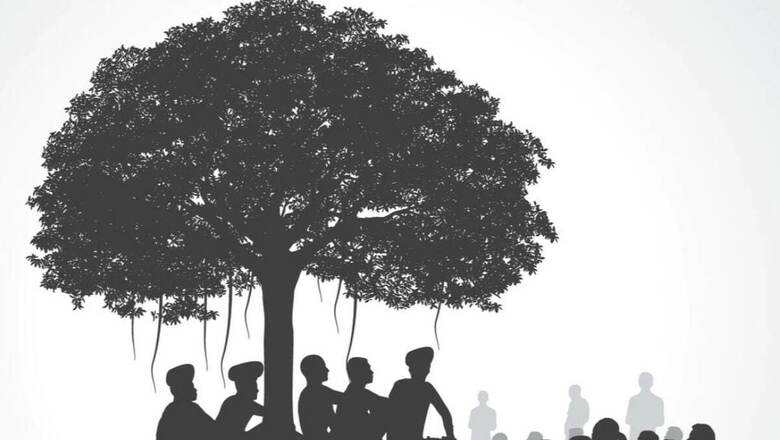
views
The governing structure in India is made up of three tiers – the central government, the state government, and the local government. Among India’s three units, the local government democratically governs the grass root level of society.
Why do we need local government? A lot many people have this question but only a few understand that local government in India plays a very important role. The aim of the local bodies is to solve the local problems by cooperation without depending on others. Only the local people know their problems and for meeting their needs, it is the local government that takes an interest.
Local government in India refers to governmental jurisdictions below the level of the state. In today’s Classes With News18 get to understand what is a local government, the growth of local government in India, its structure, amendments, working, and challenges.
Local government is the government at the village and district level. It is made up of democratically elected representatives of the local people. It is closest to the common people as it involves day-to-day life and problems of ordinary citizens. It ensures people’s participation in a meaningful manner to run the administration. The development at any place can be done through the cooperation of the people living in that particular place.
Growth of Local Government
Earlier the self-governing village communities existed in the form of Sabhas (Village assemblies). In the course of time, these bodies took the shape of Village Panchayat (an assembly of five members). In 1882, the Viceroy of India, Lord Ripon, created the local boards in the form of local government. In 1992, the 73rd and 74th constitutional amendments were passed by the parliament.
Under the Government of India Act 1919, Village Panchayats were established in a number of provinces and continued after the Government of India Act, 1935. During India’s freedom movement, Mahatma Gandhi strongly pleaded for decentralisation of economic and political power to ensure local involvement was successful. When the constitution was prepared, the subject of local government was assigned to the States. It was also mentioned in the Directive Principles as one of the policy directives to all governments in the country.
Why do We Need a Local Government?
With local government, it becomes convenient for the people to approach the local government for solving their problems both quickly and with minimum cost. It can be very effective in protecting the local interests of the people. With its help, the common citizens can be involved in decision-making concerning their lives, their needs, and above all their development.
While it has been constitutionally mandatory to hold regular elections to local government bodies, meetings of Gram Sabha are not held regularly. Most State Governments have not transferred significant powers to the local governments. The State Government has also not given adequate resources to the local bodies.
The rural local government, also called Panchayati Raj, is the third tier of Indian federalism. It derives its power and share of resources from the respective states.
At the village level is Gram Panchayat. It consists of members called Panch headed by the Sarpanch. Its members are directly elected by the people of the Gram Sabha which is composed of the entire voting population of a village or a group of villages. Gram Panchayat is the decision-making body and it works under the supervision of Gram Sabha which meets at least twice a year.
A group of Gram Panchayats forms the Panchayat Samiti at the block level. All the panchayat members elect the members of a Panchayat Samiti.
At the district level, we have a Zilla Parishad which is formed by all the Zilla Parishads in a district. This body consists of elected members along with members of the legislative assembly and members of parliament from that particular district. The chairperson of the Zilla Parishad is the political head of this body.



















Comments
0 comment